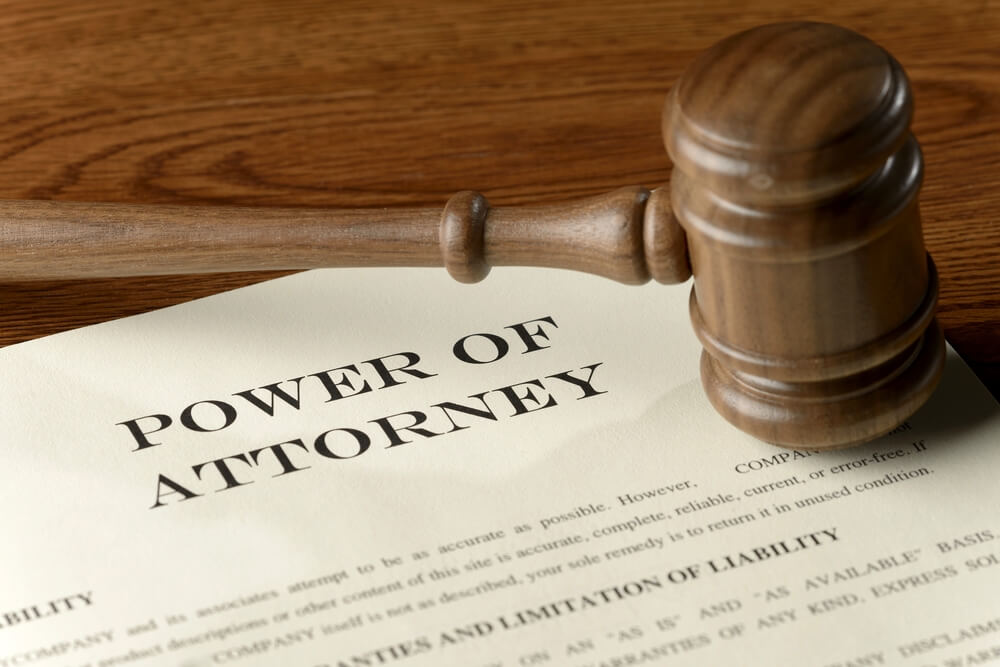A legally and officially certified translation of documents, which is recognised by either; the government bodies or courts of law, is in many cases essential. In a multicultural and multilingual environment, such as London, a growing number of people find themselves in a position, where their original documents in a foreign language must be accurately translated and certified.
Many of them, however, do not fully understand what the term ‘certified translation’ actually means and how to go about acquiring such documentation. In this article we’ll take a closer look at what the term really stands for and how you can get an officially authorized translation service, which will be legally recognised in the United Kingdom.
Table of Contents
What does a certified translation mean?
Generally, in order for a translation to be considered ‘certified’ it must be produced under one of these circumstances:
- Translated by a sworn translator
- Certified by a registered translator or translation company
- Certified in front of a solicitor (Notarized)
When translating your document, in order for it to be ‘officially certified’, it must be signed and stamped and come with a legal letter proving the translation’s accuracy to the original file. The letter, according to the official government guidelines, which you can see here, must state the following:
- that it’s a ‘true and accurate translation of the original document’
- the date of the translation
- the full name and contact details of the translator or a representative of the translation company
In simple terms, a certified translation means that the translator or the language service provider (LSP) has issued a signed statement declaring that the translation that has been done is an accurate and true representation of the original document.

In the United Kingdom, the most popular option in order to acquire a certified translation is working directly with a translation company or a freelance translator registered with an official organisation, such as CIOL.
Some bodies, usually courts of law, might require a notarized translation of your document. In this case, the translation must be officially certified in front of a solicitor. Again, this is a service a professional translation agency should be able to provide.
Who can certify my translated documents?
Many people who are required a certified translated copy of their documents are already bi-lingual. In fact, it is a common misconception to believe that a person can translate their documents themselves and then ask either a registered linguist or a translation company for the legal certification.
As a result, it is not uncommon for translation agencies to receive documents which have already been translated by the customer and only asked for an official certification.
Nevertheless, legally speaking, a registered translations provider will not be able to certify a document or material which was not translated directly by them. A professional agency or linguist will only certify a document that he or she has translated themselves.
In order for your translation to be officially certified, it must be translated directly by either a registered translation company or a professional linguist.
How can I find a certified translator?
Finding an officially registered translations provider, either a translation agency or a professional linguist is fairly simple. In the UK, there are several companies, which offer certified translation services in a wide range of languages and reasonable prices. Such providers must be however fully registered by the ATC (Association of Translation Companies), so before going ahead, make sure to check these credentials.
If you’re looking for a freelance linguist, you can find them on websites such as the CIOL (Chartered Institute of Linguists) or Proz.com. Again, before submitting your documents, it is essential to ensure that the linguist is officially registered and able to offer certified translations.
How long does a certified translation translate?
Depending on the type of your documents, a certified translation might take between just 1 working day to even a couple of weeks in some cases. The basic certification, which can be provided directly by the linguist or an expert agency, is the quickest option and can usually be completed within 24 hours. The agency (or translator) will then email you the e-version and send a hard copy via post. You will most likely also be able to collect the documents in person if you choose to.
If you however require a further certification, e.g. notarization (This may be necessary for court proceedings in some cases) – the process might be much longer, as the document would need to be not only translated, but also taken to a solicitor and certified in front of them.
What about the price
Again, the price for a certified translation service may vary depending on a number of factors; from the type of your documents, to the required language pair to type of certification you need.
Generally speaking, a certified translation of common documents (marriage or birth certificates etc.) into a popular language (French, German, Spanish) would cost around 45 pounds (or 60 dollars). This might increase depending on the factors mentioned above.
How should the cover letter look like?
Although there isn’t a formal way of showing that the translation had been certified, it is commonly accepted in the United Kingdom, that the documents should be accompanied by a signed/stamped cover letter, which declares that the translation has been completed by a registered linguist who believes it to be‘ ‘true and accurate translation of the original’. A person (or a representative of a translation agency) signing such paper becomes legally responsible for the accuracy of the translation.
For example:
“I, (Linguists full name), a member of the Institute of Translators & Interpreters, competent to translate from ……………. into ……………., hereby declare that the annexed translation in the …………… language of ……………………., and executed by me is, to the best of my professional knowledge and belief, a true and faithful translation of the ……………original.”
Translation companies can also self-certify translations on behalf of their translators, again stating their credentials.
For instance:
“(Company’s name), a member of the Association of Translation Companies (ATC), hereby declares that the annexed translation in the …………… language of …………………… was executed by a professional translator competent to translate from …………… into ……………, and is to the best of our professional knowledge and belief, a true and faithful rendering of the ……………original.”
As you can see, certifying a translation isn’t a straightforward process and cannot be done simply by anyone who is able to translate a document. In order to ensure that your translated documents are legally accepted, it’s best to approach a registered translation provider who covers your particular language pair.





